
Luteal Phase And It’s Relation To Pregnancy
8 min readWritten by Editorial Team

 Are you attempting to conceive? Then the understanding of the term Luteal Phase and its relation to pregnancy is crucial. Pregnancy is not an easy journey for everyone. While some may concieve spontaneously, others may take time.
Are you attempting to conceive? Then the understanding of the term Luteal Phase and its relation to pregnancy is crucial. Pregnancy is not an easy journey for everyone. While some may concieve spontaneously, others may take time.
When you are taking time in your attempts to conceive, understanding the menstrual cycle, your ovulation, and your luteal phase will all help plan your pregnancy and identify any possible issues that may need a visit to the fertility specialist. The luteal phase, also known as the time during which the body gets ready for pregnancy, can be a very helpful indicator of a woman’s fertility.
In This Article
- What Is Meant By Luteal Phase?
- How Long Does Luteal Phase Last?
- Why Is Luteal Phase Important For Pregnancy?
- How Does The Length Of Luteal Phase Impact Pregnancy?
- Does The Health Of Luteal Phase Impact Pregnancy?
- How Can You Know The Length Of Your Luteal Phase?
- How Can You Make Luteal Phase Normal And Healthy?
- FAQ’s
What Is Meant By Luteal Phase?
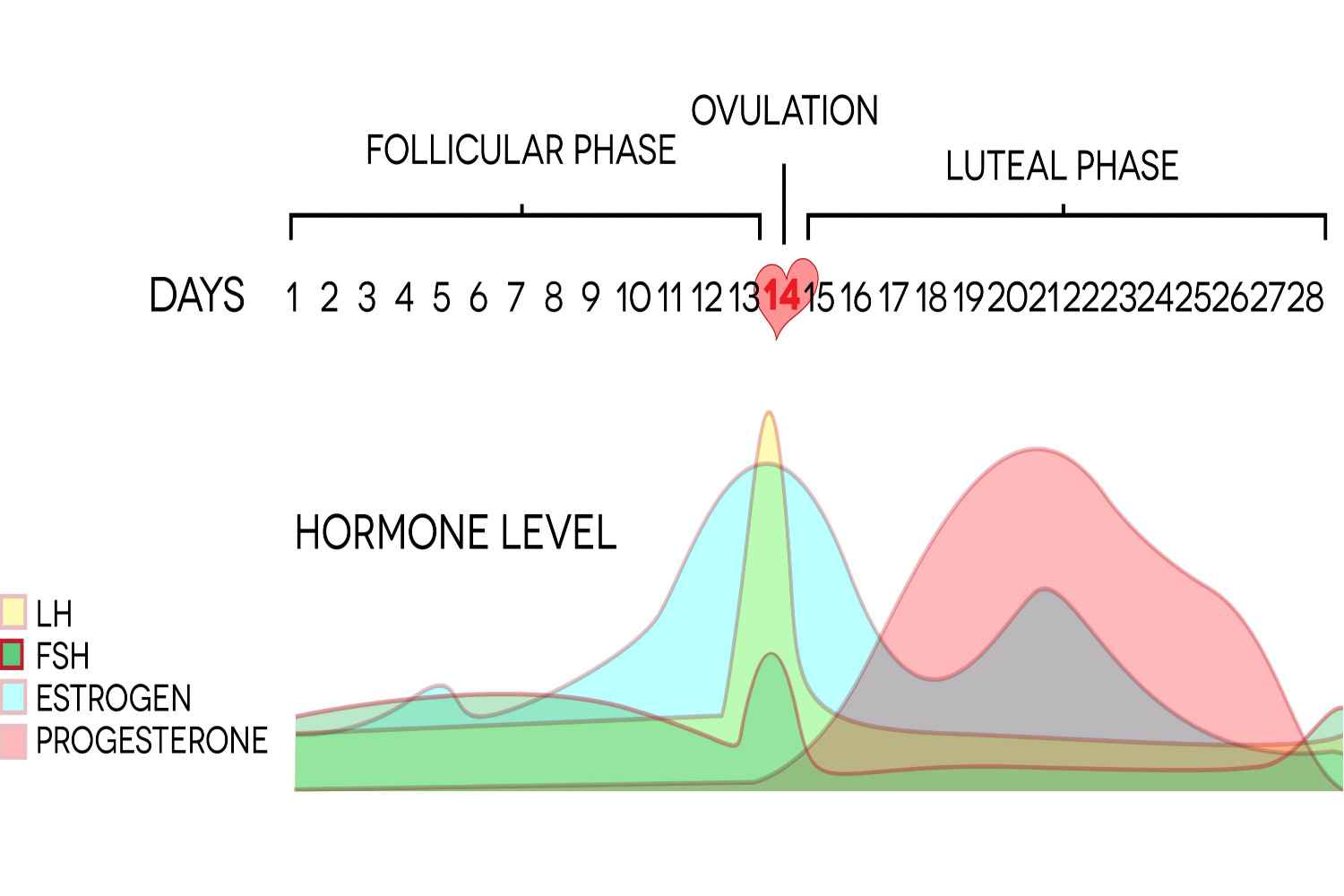
The luteal phase occurs during the second half of the menstrual cycle. This phase begins after ovulation and ends with the resuming of your menstrual period. The chief function of the luteal phase is to prepare your body for a possible pregnancy.
To get a better understanding of the luteal phase, it is important to understand the menstrual cycle.
The female menstrual cycle is divided into three phases (1) –
1. Follicular Phase
The follicular phase starts on the first day of your period and lasts until ovulation starts (2). During this phase, your pituitary gland releases FSH (Follicle stimulating hormone), which in turn results in your ovary releasing five to ten follicles, each containing an immature egg.
The follicles continue to grow, the eggs continue to mature and the uterus lining continues to thicken during this phase. One of the follicles matures and the egg gets ready for release during ovulation (3). The follicular phase lasts for around 10 days.
2. Ovulation Phase
In the ovulation phase, the mature egg is released from the follicle, ready to be fertilized (4). This happens during mid-cycle and the phase lasts for four to five days. This is also the most fertile period in the menstruation cycle. Although the follicle releases the egg, the broken follicle continues to stay on the ovarian surface.
3. Luteal Phase
In the luteal phase, the broken follicle transforms into something called Corpus Luteum, which releases progesterone and estrogen. These hormones will make the uterus lining thicker, waiting for the fertilized egg to stick to it. The luteal phase lasts for 12-14 days in most cases while it can vary between 11 and 17 days for some women (5).
There can be two possibilities now:
a. Fertilization Happens
In this case, the egg will implant itself in the uterus lining. The corpus luteum is maintained. It continues to produce progesterone and estrogen, which ensures the uterus lining remains thick throughout the pregnancy
b. Fertilization Does Not Happen
The Corpus Luteum stops producing progesterone, resulting in the shedding of the uterine lining, and your menstruation starts.
How Long Does Luteal Phase Last?
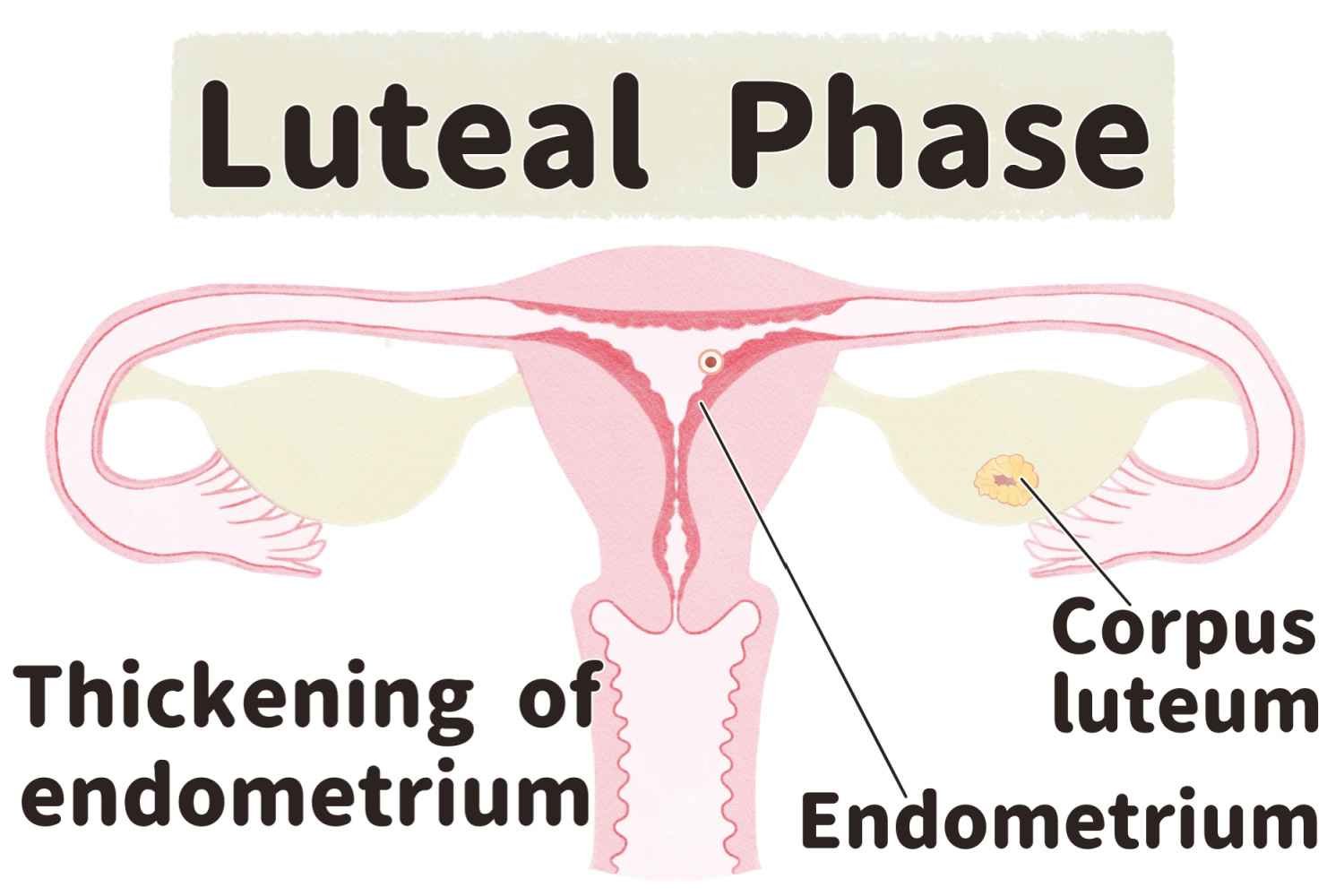
The length of the luteal phase differs from one woman to another. The luteal phase starts after ovulation. For most women, this phase lasts for 14 days. While anywhere between 11 to 17 days is considered common, for most women, this phase lasts between 12 to 14 days.
Anything less or more than this can cause problems with conception and may need medical assistance to be able to conceive.
Short Luteal Phase
A short luteal phase lasts for 11 days or less (6) and is associated with poor conception rates and infertility (6A). In short luteal phase, you will get your period within 10 days after your ovulation phase.
When you have a short luteal phase, your uterine lining may not have time to grow and thicken enough to support a growing embryo. As a result, you may not be able to achieve pregnancy.
Long Luteal Phase
A long luteal phase is a luteal phase that may last more than 14 days. When you have a long luteal phase, you may get your period 18 days or more post-ovulation. The long luteal phase is often associated with hormonal imbalances such as PCOS.
Why Is Luteal Phase Important For Pregnancy?

Some significant events take place during the luteal phase that gets the body ready for pregnancy (2A).
- As soon as the follicle releases its egg, the egg travels down the fallopian tube to meet with sperm and becomes fertilized.
- After that, the follicle transforms.
- An entirely new structure, the corpus luteum, develops from the once-empty empty sac.
- Progesterone and estrogen are released by the corpus luteum.
- The lining of your uterus is thickened by progesterone so that a fertilized egg can implant.
- Blood vessels grow inside the lining. It is through these vessels that the embryo will be supplied with oxygen and nutrients as it grows.
- Pregnancy triggers the production of human gonadotropin (hCG). The corpus luteum is kept healthy by this hormone.
- With HCG, the corpus luteum can continue to produce progesterone until the 10th week of pregnancy, until the placenta takes over progesterone production.
The luteal phase should have enough days for all of these processes to happen to result in a successful pregnancy.
How Does The Length Of Luteal Phase Impact Pregnancy?

The luteal phase is the period between ovulation and the beginning of the next menstrual period. A standard luteal phase lasts for around 14 days. Many important events occur during this time that are important for pregnancy such as the thickening of the uterine lining
If your luteal phase is less than 10 days, then you might find it difficult to get pregnant. If your corpus luteum withers and dies in 9 days, it stops the production of progesterone. Then your uterus lining starts shedding immediately.
This leaves no time for the fertilized egg to travel from the fallopian tube to the ovary and get implanted in the uterus lining. In short, even if fertilization happens, pregnancy will not happen because you will get your period before the embryo can stick to the uterus.
If your luteal phase is of 12-14 days, you have better chances of conceiving since there is enough time for the thickening of the uterine lining to support the growing embryo.
Does The Health Of Luteal Phase Impact Pregnancy?
Yes, the health of the luteal phase has an impact on your pregnancy.
In some cases, even when the length of the luteal phase is normal, your body may secrete less amount of progesterone during this period. This can be a problem.
A healthy quantity of progesterone is required to ensure the thickness of the uterus lining. L
ess progesterone leads to a uterus lining that is not thick enough to sustain a pregnancy. So, it is important to have a luteal phase that is healthy and of normal length.
How Can You Know The Length Of Your Luteal Phase?

There are a few different ways in which you can calculate the length of your luteal phase.
1. Simple Maths – Tracking Your Menstrual Cycle
The best way to know the length of our luteal phase is to subtract the date of your ovulation from the date of your menstrual cycle. The number of days left will give you the length of your menstrual cycle.
2. Basal Body Temperature
Tracking basal body temperature or your body’s resting temperature is also a good way to calculate your luteal phase.
Your body temperature rises slightly during your ovulation. Post ovulation, you will observe a slight dip in your BBT. This dip can be as little as 0.5 to 1 degree Fahrenheit (7).
The dip marks the beginning of your luteal phase which lasts until your period resumes.
3. Cervical Mucus
Cervical mucus is an excellent indicator of the various stages of your menstrual cycle.
During the luteal phase, your cervical mucus becomes thick and dry and in the consistency of a paste. Observing your cervical mucus every day and calculating the number of days leading up to your menstrual period can help determine the length of your luteal phase.
4. Medical Tests
If you are having trouble getting pregnant, talk to your gynecologist. They can prescribe blood tests and ultrasound scans to determine luteal phase length and possible luteal phase defects.
How Can You Make Luteal Phase Normal And Healthy?
A healthy diet, including food items rich in vitamin B complex and vitamin C, is known to help in making the luteal phase normal. If you are concerned about your luteal phase and feel it is hampering your desire to get pregnant, please talk to your doctor.
The luteal phase is a part of the menstrual cycle and plays an important role in conception. A short or lengthy luteal cycle may hamper your chances of getting pregnant. A standard luteal cycle may last for 11 to 14 days. If you seem to get pregnant within a short span after your ovulation, you may have a short luteal cycle. A late period post-ovulation with a negative pregnancy test may indicate a long luteal phase.
If you are unable to get pregnant and suspect a luteal phase issue, you can approach a fertility specialist who will guide you on the next course of action.
FAQ’s
1. What is Luteal Phase?
Luteal phase is the period that lasts between your ovulation and the next menstrual period. Standard luteal lasts for 14 days but can vary between 11 and 17 days.
2. How do I Know My Luteal Phase?
You can calculate your luteal phase by calculating the difference between your ovulation day and the day of your next menstrual cycle. Luteal phase is marked by elevated BBT post ovulation and dry and thick cervical mucus.
3. What is Short Luteal Phase?
Short luteal phase is the luteal phase that lasts for less than 9 days. A standard luteal phase spans over 14 days. A short luteal phase doesn’t give enough time for the uterine lining to thicken to support the future embryo. Hence, having a short luteal phase may result in difficulty in conceiving.
4. What Are The Phases of Menstrual Cycle?
A menstrual cycle has 3 phases – follicular phase, ovulatory phase, and luteal phase. The menstrual cycle marks the beginning of the follicular phase. The resuming of the periods marks the end of the luteal phase.
References
- Real-world menstrual cycle characteristics of more than 600,000 menstrual cycles | npj Digital Medicine – [https://www.nature.com/articles/s41746-019-0152-7]
- The Normal Menstrual Cycle and the Control of Ovulation – Endotext – NCBI Bookshelf – [https://www.ncbi.nlm.nih.gov/books/NBK279054/]
- Menstrual Cycle Proliferative And Follicular Phase – StatPearls – NCBI Bookshelf – [https://www.ncbi.nlm.nih.gov/books/NBK542229/]
- Physiology, Ovulation – StatPearls – NCBI Bookshelf – [https://www.ncbi.nlm.nih.gov/books/NBK441996/]
- Progesterone and the Luteal Phase – PMC – [https://www.ncbi.nlm.nih.gov/pmc/articles/PMC4436586/]
- A prospective evaluation of luteal phase length and natural fertility – PMC – [www.ncbi.nlm.nih.gov/pmc/articles/PMC5337433/]
- Physiology, Ovulation And Basal Body Temperature – StatPearls – NCBI Bookshelf- [https://www.ncbi.nlm.nih.gov/books/NBK546686/]

Editorial Team,
With a rich experience in pregnancy and parenting, our team of experts create insightful, well-curated, and easy-to-read content for our to-be-parents and parents at all stages of parenting.Read more.
Responses (0)
Want curated content sharply tailored for your exact stage of parenting?
Related articles
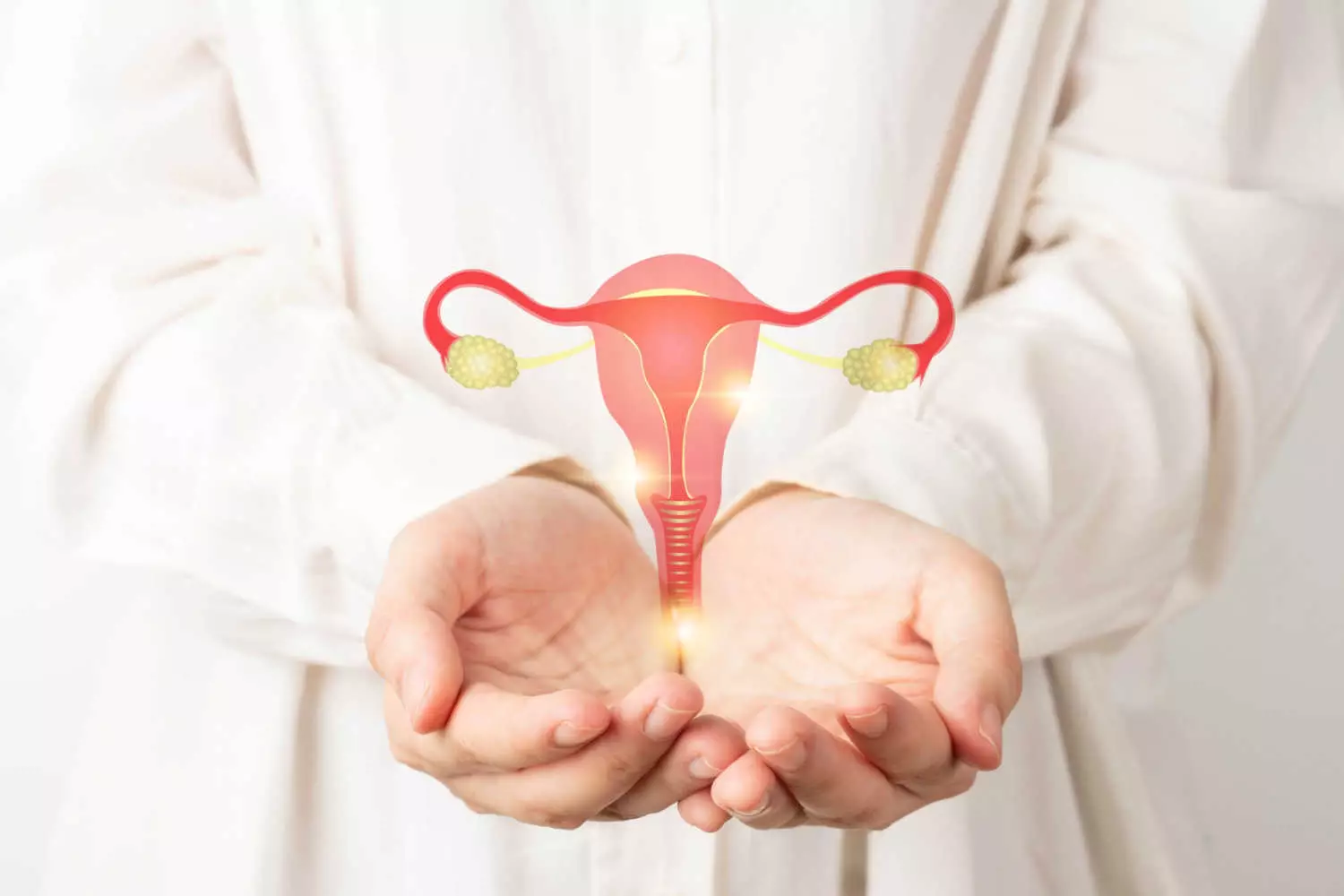
Preconception Testing For Women – Why It is Needed and Complete List of Tests
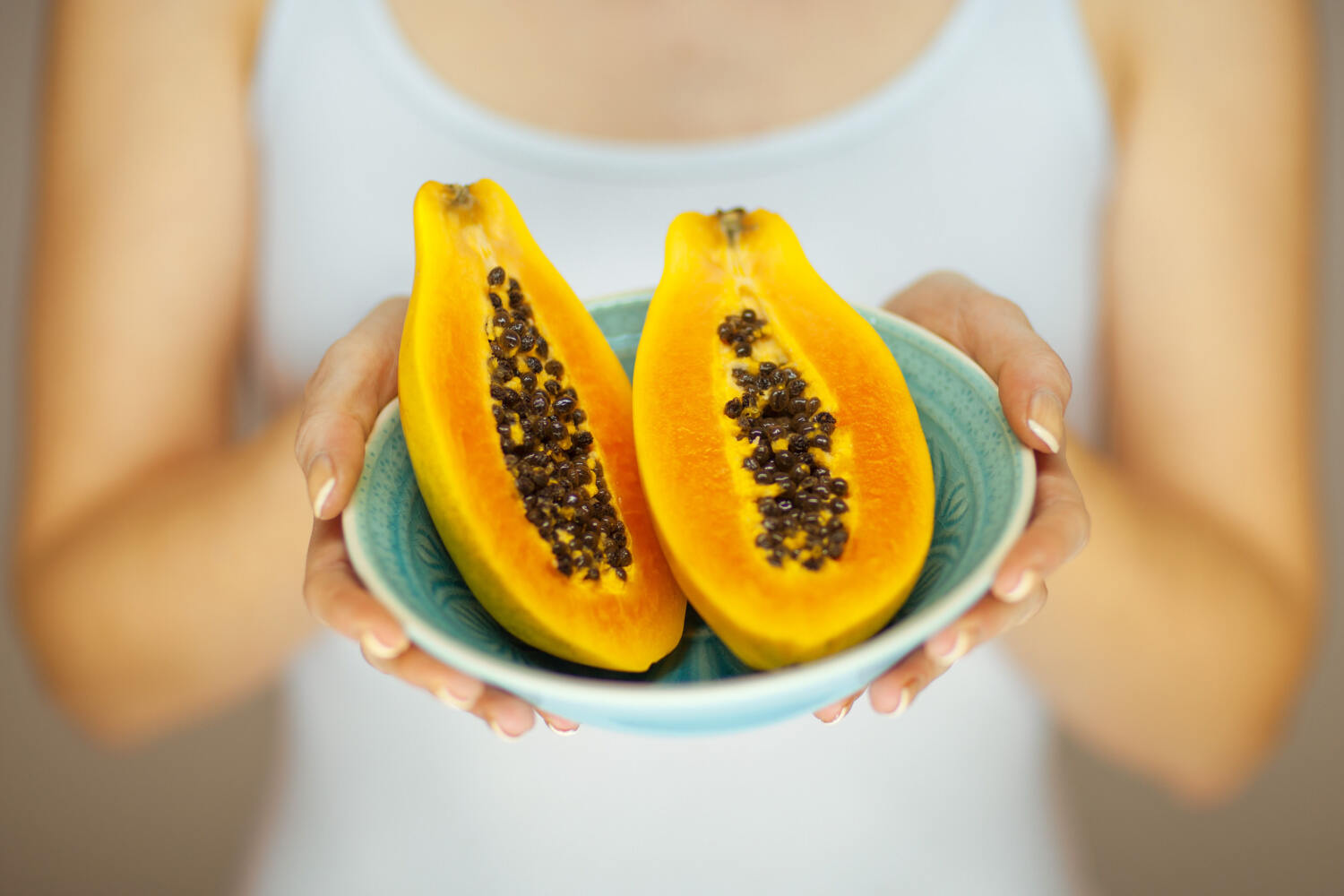
Can I Eat Papaya If I am Trying To Conceive?

How To Conceive When Husband Has Erectile Dysfunction?

Best Diet For Female Fertility – Everything You Need to Know

Fertility Supplements and Vitamins For Women – Do They Help to Get Pregnant?
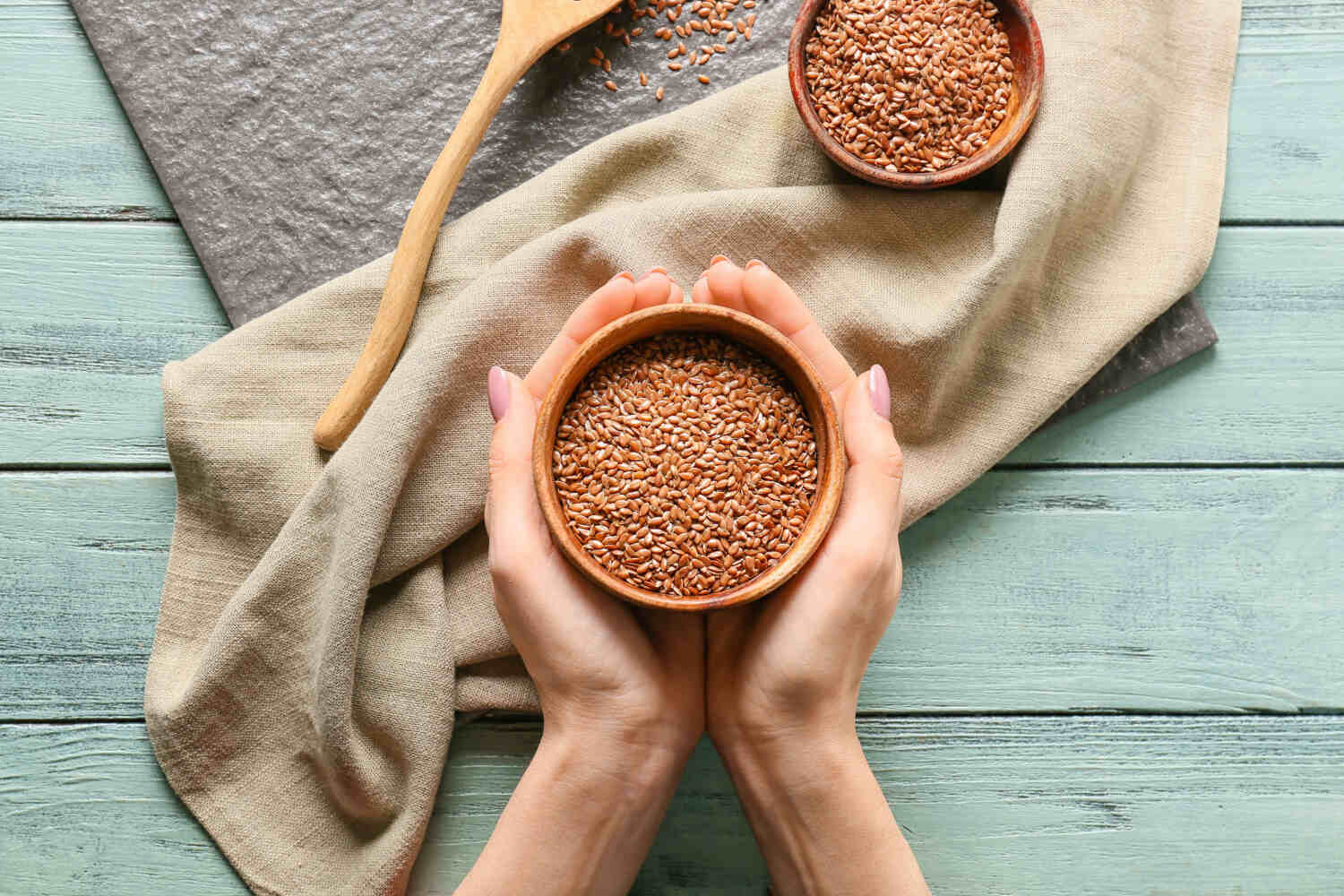
Flax Seeds While Trying to Conceive – Is it Safe to Have?
Sponsored content
Discover great local businesses around you for your kids.
Get regular updates, great recommendations and other right stuff at the right time.





